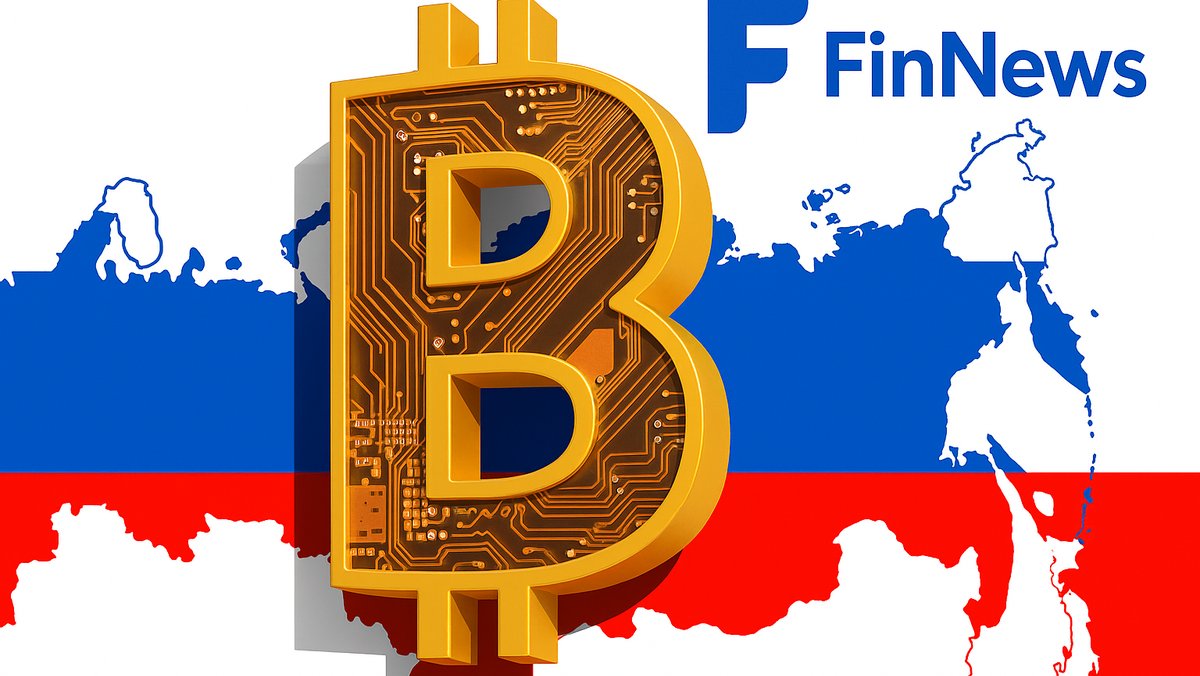Deputy Finance Minister Ivan Chebeskov says crypto is now part of Russia’s economic reality. With an estimated ₽827B (~$10.1B) in holdings and ~20M users, the central bank is preparing to let domestic banks handle crypto under tight reserve and exposure caps
Russia has moved a step closer to formal integration of digital assets into its financial system. Deputy Finance Minister Ivan Chebeskov acknowledged that crypto has become part of the country’s economic reality and argued that the state must build domestic infrastructure to protect users and harness the technology’s benefits. His remarks came as the Bank of Russia outlined plans to allow banks to engage with crypto under stringent guardrails.
What’s changing — and why it matters
According to reporting on Friday, the central bank will permit limited participation by select domestic banks, subject to tight capital, reserve and exposure limits designed to ring-fence systemic risk. Several outlets say a formal rule set is being drafted, with a broader legal framework targeted around 2026. If implemented, this would be a major shift for a regulator that previously favored strict curbs on retail crypto.
How big is Russian crypto adoption?
Chebeskov cited an estimated ~20 million Russians using crypto “for various purposes,” a figure that aligns with the anecdotal surge in on-chain activity since 2022.
Meanwhile, Central Bank data published this year estimated that as of end-March 2025, Russians held about ₽827 billion in exchange-wallet balances (≈$10.1B): roughly 62% in Bitcoin (BTC), 22% in Ethereum (ETH), and just under 16% in stablecoins (primarily USDT/USDC). The regulator flagged growing linkages between traditional finance and digital assets and said those flows warrant monitoring.
The policy path: from ‘experimental regime’ to bank access
The Bank of Russia has already floated an experimental legal regime (ELR) that would allow companies and specially qualified individuals to transact in crypto under narrow conditions — a notable departure from earlier blanket opposition. Reuters reported in March that the ELR concept included limits and wealth/income thresholds for individuals, keeping payments in crypto off-limits while allowing investment and cross-border settlement use cases.
October’s bank-access pivot builds on that groundwork. Drafts described by industry media point to low single-digit exposure caps and high reserve requirements for participating lenders, along with enhanced reporting and AML controls. Authorities are also signaling a 2026 audit of nationwide crypto activity to map risks and unreported flows before scaling access.
What this could unlock
- Safer on-ramps: Bank-hosted custody and brokerage could bring KYC’d rails to a user base that’s already large — reducing scams and poor practices while preserving oversight.
- Transparent cross-border flows: A regulated channel for ELR-permitted settlements would help authorities see and manage risks that are currently off-exchange or offshore.
- Institutional participation: Caps plus reserves may be enough for cautious banks to pilot services (custody, OTC, fund administration) without outsized balance-sheet risk.
Trade-offs and open questions
- Scope and timing: Will the 2026 target slip, and which banks get the first licenses? Until final rules land, participation will remain limited.
- Retail protections: The central bank has warned about volatility and speculation; how far will suitability checks and product restrictions go for everyday users?
- Stablecoins’ role: With ~16% of reported balances in stablecoins, clarity on listing, issuance, and cross-border redemption will be pivotal for everyday utility.
Bottom line
Russia’s stance is evolving from resistance to managed integration. With an estimated 20M users and ₽827B in holdings, policymakers are preparing to let banks touch crypto — but only behind high fences: low exposure caps, steep reserves, and close supervision. If the 2026 framework arrives as signaled, Russia could shift a large, mostly informal market onto regulated rails without abandoning its caution about consumer risk and payments in crypto.







